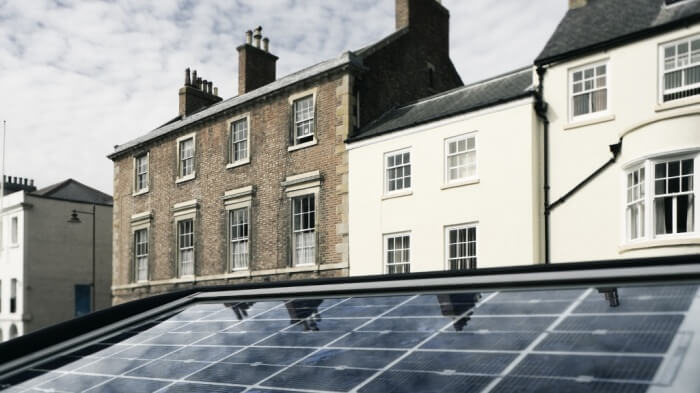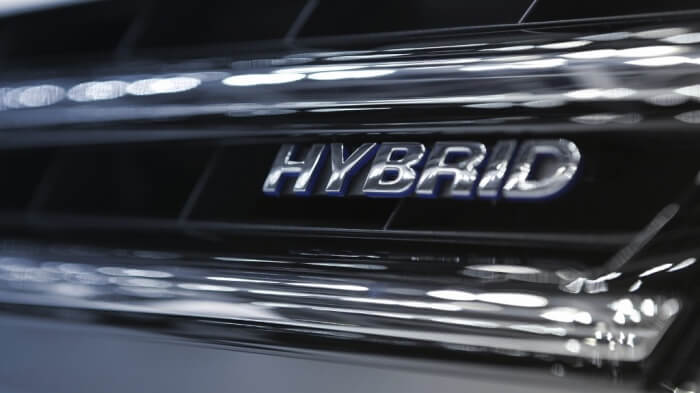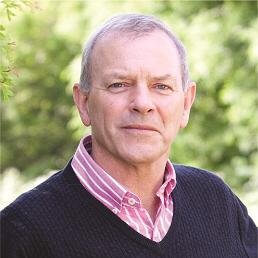Bridging the gap between a dream and a business reality takes a good idea, perseverance and adaptability.
Crossing The Chasm: Turn A Business Dream Into Reality
Bridging the gap between a dream and a business reality takes a good idea, perseverance and adaptability.

Most entrepreneurs have a dream. Richard Branson said that dreaming is one of humanity’s greatest gifts – it champions aspiration, spurs innovation, leads to change and propels the world forward.
Our dream was to help people fit the right renewables to their homes and make a real difference to their own lives. It’s a noble dream, but turning it into a business reality has been a very different thing all together.
The government’s Micro-generation Strategy, launched in 2006 should have heralded a change in how people could generate their own small-scale electric power. Whilst the technology worked, the problem was bringing it to market.
There’s a well-known concept, “Crossing the Chasm” which acknowledges that as a market is forming, low volumes tend to keep costs high and there is little customer awareness.
To help grow the market, subsidies are introduced to push it across the chasm and build awareness. As sales increase, costs come down and the market can exist without help.
This should have been the case with solar panels, the costs of which are decreasing. Our role was to engage consumers by making energy visible – for both solar installations and smart metering, helping consumers to be at the heart of the smart meter programme.
For solar, unfortunately economic forces have led to subsidies being withdrawn before the market has become self-sustaining. The sad fact is that people were not investing in micro-generation just because they were energy conscious; the majority were investing in order to make money. That’s now not possible, so the sales proposition has collapsed.
But markets, like business dreams, evolve and running an energy efficient home these days doesn’t have to rely on solar panels. Our original dream is being realised in quite a different way with the growing capability of smart energy technologies.
The government’s drive to have smart meters in every home by 2020 has already seen 1 million homes fitted with early versions. In parallel homeowners are also starting to fit smart technology of their own in the form of smart thermostats and smart lighting.
These have gained popularity when earlier energy saving solutions struggled because they are less costly, make energy visible to consumers and put control directly into their hands.
There are no worries about subsidies, or dealing with the National Grid, they can see by looking at the in-home display, or the user-friendly smartphone interface just how much energy they are using, and how they can change that to reduce emissions and costs.
So where does this lead? The phrase ‘the value of the whole is greater than the sum of the parts’ is very apt. Singularly, solar panels, smart meters and smart thermostats deliver individual packets of value, which is why it has taken time for the market to grow.
Together, however - and using smart meters and the Internet of Things (IoT) to deliver external data such as energy tariffs and weather forecasting - these energy solutions offer a more marketable value proposition.
Our business dream is becoming a reality, which, being entrepreneurs, also means we need to start setting new goals, which come in the form of battery storage and the hybrid home.
Consider the hybrid car; it combines traditional and modern ways of delivering power to reduce running costs and improve driving enjoyment. Our vision of the hybrid home does just the same: bringing together solar panels, battery storage, smart heating controls and smart meters to deliver lower running costs and greater living enjoyment.
As with the car, the heart of a Hybrid Home is an Integrated Energy Management System that helps individual technologies to work smarter. For example, to fully charge the batteries overnight because the forecast for the next day is typically English! If the forecast is for sun, the iEMS will leave it to the PV panels.
This is a marketable concept with an accessible face. Like a hybrid car dashboard, the homeowner can see how the system is working, the value they are getting, the energy changes they can make and the level to which they are in control. Customers don’t even have to change their habits.
When you buy a hybrid car you don’t learn a new way of driving: so it should be with a hybrid home.
Our business dream is evolving, just as the use of energy is evolving – but we can see how to bridge this chasm sustainably. To succeed, as we did to engage consumers in energy, we have to attract all stakeholders from national and local Government through to the installation trade.
This means putting consumers, not technology, first and incentivising them with clever adjustments to established policies together with a compelling lifestyle proposition.
Simon Anderson is chief strategy officer at geo.
Thanks for signing up to Minutehack alerts.
Brilliant editorials heading your way soon.
Okay, Thanks!



